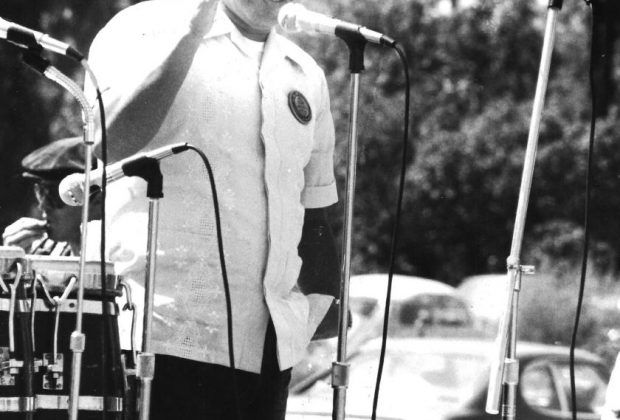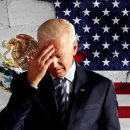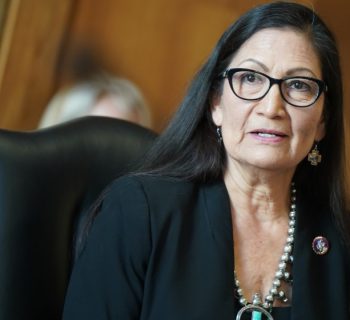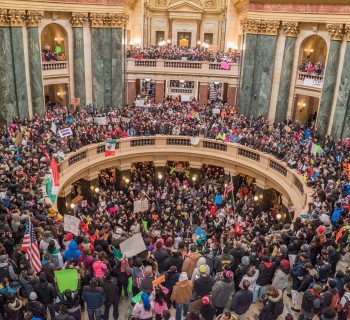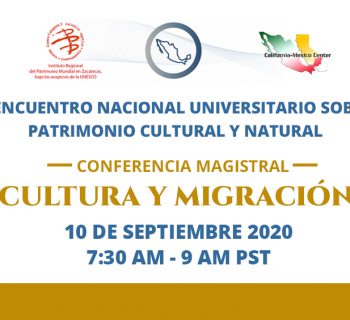What’s the difference between Chicano, Latino, Mexican American, Hispanic, Chicanx or Latinx?
Historically, the question of identification for Mexicans left in the U.S. after the U.S.-Mexico War ended in 1848 as to who we are and how we identify ourselves remains a generational “problem” or “issue,” to date. After 173 years, Chicanos remain a conquered, colonized, occupied, hunted and powerless people, due to this unresolved “problem” or “issue.”
Manifested by the Treaty of Guadalupe Hidalgo, Mexicans have been made strangers in their land, with thousands of babies and children incarcerated, a border wall, immigration raids and more Mexican youth in prisons than colleges. Conditions created by decades of institutional racism, discrimination and violence against Chicanos and Mexicans have stripped Chicanos of their history, language and culture, through the political tactics of divide and conquer.
The Bible states, “If a house is divided against itself, that house will not be able to stand.” So the historical question becomes: How did we as a group go from identifying as Mexicans to using an “x”? For the first two generations, identification was simple but dangerous. People were Mexicans, born and raised in and citizens of what was then Mexico. State-sanctioned violence, repression, police actions, vigilantism and hangings of Mexicans made it dangerous. In the 1920s, after three generations of oppression, colonization, segregation and systemic teachings that being Mexican was the problem, members of a new generation defined themselves as “Latinos,” incorrectly in my opinion. Things like schools, the English language, military service and public signs stating “No Mexicans, N------s or dogs allowed” confirmed their incorrect conclusion for me. After decades of this, “Latinos” were unable to fool anyone except themselves. Then World War II erupted in 1940.
White draft boards started to draft Mexicans for the war effort and began to define Mexicans with the hyphened label “Mexican-American.” The reason? White draft boards refused especially in Texas to print the nationality of Mexicans as Americans, which in the segregated U.S. meant White. Twenty-five years later, in the mid-1960s, for the first time in U.S. history, the children of Mexican Americans identified themselves as Chicanos. To counter the growing Chicano movement’s call for self-determination, the U.S. government imposed in 1970 a one-shoe-fits-all label by defining Mexicans as Hispanics, along with Cubans, Puerto Ricans, and Central and South Americans.
Today, nonsensical definitions have surfaced from White-controlled colleges, paid academicians and professors who have misled naive students to identify Raza as Chicanx and Latinx. So why Chicano instead of other labels for defined groups? To me, there are numerous reasons, including history, self-determination, historical struggle, self-respect and attempts at identification based on our Indigenous history, language and culture. As the old saying goes, he who defines controls. That is manifested by Latino, Mexican American, Hispanic, Chicanx and Latinx being defined by the White political system to control people.
Another practice of defining Chicanas and Chicanos was changing a child’s name. “My name was Ramón when I started kindergarten, but by the third grade, everybody called me ‘Raymond,’” Chicano great Ramón “Chunky” Sanchez sang in his song “Pocho.” Systemically, this changing of our names was the White system’s way of dictating who you were, what you learned and what you were going to be. In New Mexico, I witnessed as a child the disastrous results of dividing and conquering: persons identified themselves as Spaniards, Hispanos, Latinos, Mexican Americans, Mexicans and other terms. Ironically, their names, food and music were Mexican, but because of the division, one group did not speak to the others.
The greatest difference between Chicanos and the other defined groups, which continues today, is who has addressed the historical issues since 1519 (when Hernan Cortés conquered Mexico) that have afflicted Chicanos and Mexicans and created progress and opportunities for our people. “Latinos” whose agenda for over 20 years was to prove they were White? “Mexican Americans” who couldn’t be buried in White cemeteries after winning the Medal of Honor? “Hispanics” who were forced to change the name of the advocacy organization National Council of La Raza to UnidosUS because La Raza was unacceptable to racists? “Chicanx” and “Latinx” who have revised history by eradicating Chicano and Aztlán as they did with the name of the student group MEChA?
As Chicano historian Rodolfo “Rudy” Acuña wrote, organizational name changes don’t “further the building of a movement.” He wrote of the MEChA name change, “This is not done by wiping out the history of Chicanas/os, Aztlán, and rewriting the past.”
The Chicano movement knocked opened the doors of opportunity, created Chicano Park and Chicano studies, and produced leaders who addressed historical issues such as Cesar Chavez for farm workers, Humberto Corona for immigration, Reis Lopes Tijerina for land, Rodolfo “Corky” Gonzales for Aztlán and José Ángel Gutiérrez for La Raza Unida Party.
This leaves young people with the question: What have Latinos, Mexican Americans, Hispanics, Chicanx and Latinx done, besides profiting from the Chicano struggle?
HERMAN BACA, THE SAN DIEGO UNION TRIBUNE – JAN. 4, 2021

